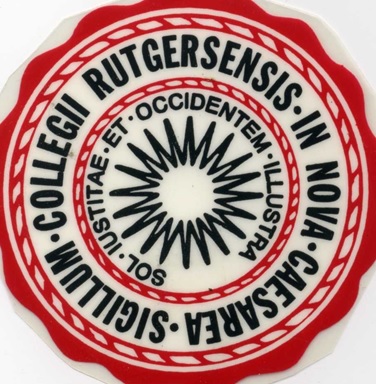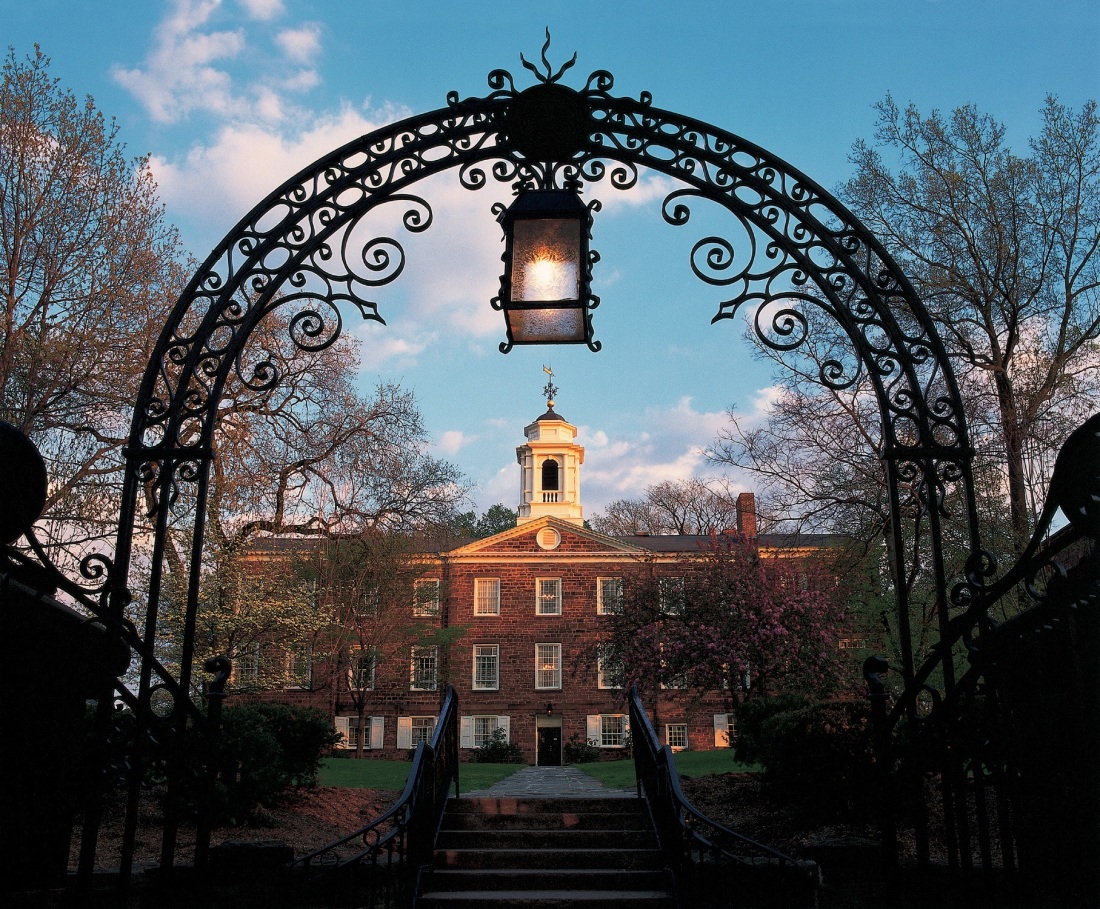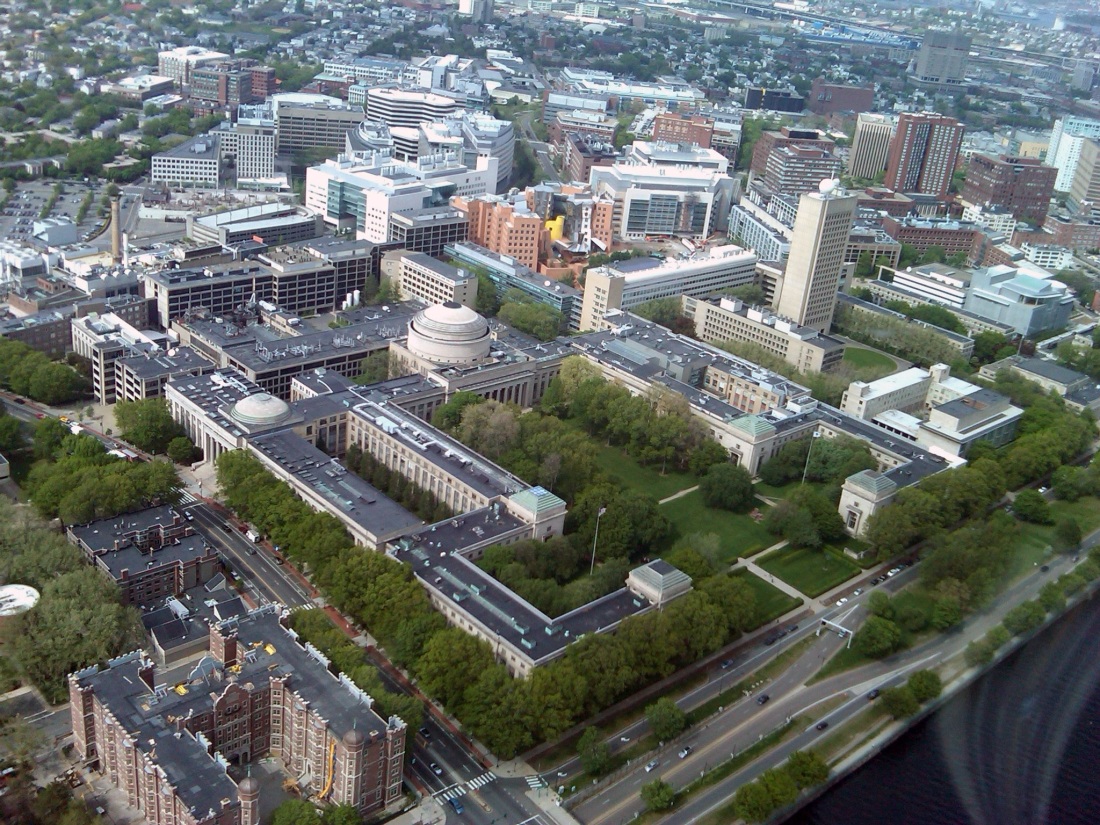Dec. 22, 2020
With reporting by Jeffrey Mervis, Jocelyn Kaiser, Adrian Cho, Erik Stokstad, and David Malakoff.

President Donald Trump will leave office next year having overseen robust growth in federal science spending over his 4 years in office despite his administration’s repeated efforts to slash research budgets. Credit: Carlos Barria/Reuters.
The massive $1.4 trillion spending bill that the U.S. Congress finally agreed upon this week should once again reverse the deep cuts the President Donald Trump had proposed for most science agencies, although the outgoing politician has threatened not to sign the bill. Even if he does, the modest hikes for 2021 have left the research community wanting more.
The final budget package includes increases of 3% for the National Institutes of Health (NIH), 2.5% for the National Science Foundation (NSF), 2.3% for NASA science, and 0.4% for the Department of Energy (DOE’s) science office. Those numbers (see details below) put the cherry on top of 4 years of robust growth under Trump despite his persistent attempts to eviscerate federal science budgets.
NIH’s budget now stands at $42.9 billion, a 33% rise over its 2016 level of $32.3 billion. Similarly, spending by DOE science tops $7 billion, compared with $5.4 billion in 2017, a boost of 30%. NASA science programs rose by 8% and 11% in 2018 and 2019, respectively, before slowing in 2020 and 2021. NSF’s budget, now nearly $8.5 billion, has grown the least among the four biggest federal science agencies. But even so, a 14% rise since 2017 compares favorably with an overall increase of only 4% during the second term of former President Barack Obama.
For 2021, lawmakers carved out increases for science despite giving themselves almost no additional money, compared with this year, to spend on all civilian programs. That generosity reflects a bipartisan consensus on the value of academic research.
Yet many research advocates are greeting the 2021 numbers with a collective shrug. “The long-overdue full-year appropriations package will provide federal research agencies much-needed funding predictability after an incredibly challenging year,” says Lauren Brookmeyer of the Science Coalition, a group of 50 major research universities.
Research advocates are reacting in a similar fashion to the $900 billion COVID-19 relief measure that was attached to the annual spending bill. Although they recognize the relief bill’s importance as an economic stimulus, it falls far short of what they had sought.
University administrators had lobbied for $122 billion to recover from the impact of the pandemic on their faculty and students. In addition, they had calculated that federal agencies needed at least $26 billion more to finance research lost or delayed when campuses were shut down in the spring.
The relief bill contains only $22 billion for higher education, however, and nothing explicitly for bolstering the research enterprise. The shortfall means academic researchers will look to both Congress and President-elect Joe Biden for help, says Peter McPherson, president of the Association of Public and Land-grant Universities. “We urge lawmakers to view this deal as only a step toward providing more comprehensive relief.”
Although Biden won’t take the oath of office until 20 January 2021, his transition team is already laying the groundwork for both the next relief package and his first budget submission to Congress in February 2021. Together, they will be a test of whether science can retain its bipartisan support.
Here are some highlights of what Congress allocated to key research agencies for the fiscal year that ends on 30 September 2021.
NIH
The omnibus bill gives NIH a $1.25 billion raise, to $42.9 billion. That 3% boost falls short of the 4.8% raise proposed by Senate appropriators and a whopping 13% increase approved by the U.S. House of Representatives that relied on emergency spending. Trump would have cut NIH’s budget by $2.87 billion.
The 3% boost is the smallest in recent years for NIH. Research advocates are “disappointed,” says Yvette Seger, director of science policy for the Federation of American Societies for Experimental Biology, but they realize lawmakers were limited by statutory budget caps. “We hope that this is a 1-year anomaly,” she adds.
The bill includes $300 million for Alzheimer’s disease, for a total of $3.1 billion, continuing a steep 5-year rise in funding for the disease. The National Cancer Institute’s $6.5 billion total includes $37.5 million more for investigator-initiated grants to address a glut of applications that have driven down success rates.
The Brain Research through Advancing Innovative Neurotechnologies brain-mapping initiative receives $560 million, a $60 million increase. Research on a universal flu vaccine rises $20 million, to $220 million. New initiatives include $10 million each for research on premature births and tick-borne diseases, and $50 million for studies on using artificial intelligence to treat chronic diseases. Research to prevent gun violence holds steady, at $12.5 million, the second year of funding after a 23-year de facto ban.
DOE science
In the three previous budget cycles, the office’s budget had boomed, increasing by a total of 29.8%. This year, the office—the largest federal funder of the physical sciences—receives a boost of just 0.4% to $7.026 billion.
Congress did minimal juggling of priorities among the office’s six research programs. Advanced scientific computing research, which supports the office’s supercomputing efforts, received a bump of 3.6% to $1.015 billion. Basic energy sciences, which funds research on chemistry, materials sciences, and related fields and also runs DOE’s x-ray and neutron sources, got a 1.4% increase, to $2.245 billion. The budget for biological and environmental research crept up 0.4% to $753 million. Fusion energy sciences and high-energy physics get only $1 million more than they received this year, some $671 million and $1.046 billion, respectively, whereas the budget for nuclear physics is flat, at $713 million.
Lawmakers rallied behind the federal push to build exascale supercomputers, instructing the Office of Science to spend no less than $475 million on the effort. They also endorsed emerging quantum information sciences, requiring the office to spend $245 million on the work. The budget does not include a one-time infusion of $6.25 billion passed this summer by the House.
Although DOE’s Advanced Research Projects Agency-Energy gets only a $2 million boost, to $427 million, another section of the massive spending bill authorizes rapid growth for its work translating basic research into commercially ready technologies. Lawmakers foresee the decade-old agency nearly doubling its budget by 2025, to $761 million.
NSF
This year’s final appropriation continues the slow but steady budget growth at the foundation, which celebrated its 70th anniversary this year. Both its research and education accounts will rise by 2.5%, to $6.9 billion and $968 million, respectively.
Although lawmakers pledge fealty to the idea of keeping their hands off how the agency allocates its pot of money for academic research, they once again set either floors or targets for many programs aimed at groups traditionally underrepresented in science and engineering and states that lag in attracting NSF funding. They also instructed NSF, NASA, and the National Institute of Standards and Technology (NIST) to examine the “racial and cultural makeup” of their workforces and draw up plans to promote “greater racial and cultural acceptance and diversity.” Pointedly, the bill does not include a proposal from the chair of the House science committee, Representative Eddie Bernice Johnson (D–TX), for NSF to finance a study of systemic racism in U.S. academic research.
The spending bill also asks NSF to outline its plans for the site in Arecibo, Puerto Rico, that now holds the remains of a 57-year-old, agency-funded radio telescope that recently collapsed. In particular, lawmakers want to know how NSF will decide whether to build a new observatory, and the estimated cost of such a facility.
NASA
The 2.3% increase for NASA’s $7.3 billion science mission directorate maintains the status quo among its five discipline-based program areas. It also provides $127 million for the space agency’s science education initiatives, once again ignoring the president’s request to eliminate the program.
The spending bill frees up NASA to choose any commercial rocket to launch a multibillion-dollar payload that would orbit one of Jupiter’s moons. Previous spending bills had required that the Europa Clipper mission use the Space Launch System being developed to return astronauts to the Moon and beyond.
Congress poured cold water on the Trump administration’s plans to land a human on the moon by 2024. Trump had requested $3.1 billion for a human landing system, but lawmakers provided just $850 million, not nearly enough to meet the administration’s timetable. The incoming Biden administration is expected to revisit the plan.
Census Bureau
Social scientists are applauding Congress for providing what they say is sufficient funding to complete work on the besieged 2020 census. The $1.025 billion includes $91 million from a contingency fund that can be tapped if needed.
At the same time, lawmakers did not mandate a 4-month extension to deliver the results of this year’s census, something agency officials had previously said they needed to cope with the disruptions caused by the pandemic and a truncated count in the fall. The administration later withdrew that request, and social scientists are worried the time crunch could impact data quality.
“Stakeholders will resume their efforts to convince Congress to provide these extensions as soon as the 117th Congress convenes next month,” says Terri Ann Lowenthal, a former congressional aide and longtime census watcher. “Congress must offer certainty to the Census Bureau’s career experts as bureau staff works to finish data processing, tabulate the apportionment counts, and then prepare the redistricting files for the state, which are more complex.”
Agricultural research
The U.S. Department of Agriculture (USDA) receives $3.3 billion for its research program, $125 million above this year, including the Agricultural Research Service and the National Institute of Food and Agriculture. USDA’s primary competitive grants program, the Agriculture and Food Research Initiative (AFRI), got a $10 million raise to $435 million. That marked another incremental win for Supporters of Agricultural Research, an advocacy coalition that has been working to boost AFRI’s budget. Over the past 6 years, it has helped persuade Congress to increase AFRI’s annual budget by $110 million.
U.S. Geological Survey
The agency’s overall budget remains flat at $1.32 billion, an increase of just $45 million over this year. Within its natural hazards program, which will stay nearly constant at $175 million, the only new funding is $4 million for landslide research and preparedness, which doubles that effort to $8 million. Congress said that boost should go toward studying the risk of a serious landslide in Alaska’s Prince William Sound, which might cause a tsunami threatening towns including Whittier and Cordova.
The water resources program fares better with a 12%, $29 million increase to $263 million. The Hydrologic Instrumentation Facility, which improves stream gages and other monitoring devices, wins a $16 million boost to work on a Next Generation Water Observing System, which will provide faster data on water quantity and quality.
Environmental Protection Agency (EPA)

The agency survived the last of the Trump administration’s requests to gut its budget. Brushing aside the proposed 28% cut, lawmakers provided a 2% increase overall and a slightly lower 1.8% increase to its science and technology program. But Congress wants its focus sharpened on the high-profile chemicals known as per- and polyfluoroalkyl substances (PFAS), which are widely used in coatings that resist heat, water, and grease. EPA won a 20% increase to its PFAS research and regulatory activities, which will now be funded at $49 million.
Defense research

Basic research funded by the Pentagon got a 2.6%, $68 million boost to $2.67 billion. Congress ended up rejecting many cuts proposed by the Trump administration and the Senate.
NIST
The agency’s core science programs got a 4.5%, $34 million raise to $788 million. The overall budget was essentially flat at $1.03 billion.
See the full article here .

five-ways-keep-your-child-safe-school-shootings
Please help promote STEM in your local schools.
![]()
Stem Education Coalition





























